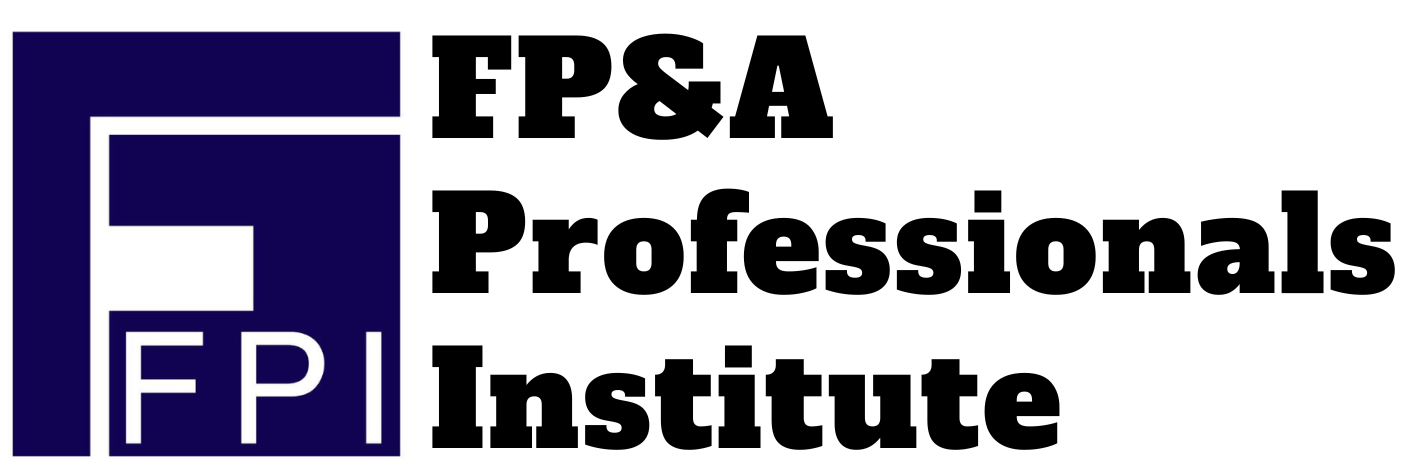Breaking into Financial Planning and Analysis (FP&A) without prior experience may seem daunting, but it’s entirely doable, as I have done it.
My journey, like many others, began in audit. Today, I work in FP&A, and in this article, I’ll show you how to make that same leap, even if you don’t hold an FP&A title (yet). Whether you’re a fresher, an accountant, an auditor, or just curious, here’s how to bridge the gap with smart, strategic moves.
1. Master the Core Skills FP&A Demands
Before you land the job, you need to build the skills that make you hireable. Here’s what to focus on:
- FP&A Core Concepts: Budgeting, Forecasting, Management Reporting, Data Storytelling. These aren’t just technical skills. They’re decision-making tools. Free YouTube tutorials and Udemy / Coursera/ FPI courses are excellent places to start.
- Accounting Knowledge: You’ll deal with income statements, balance sheets, and cash flows daily. Even if you’re not a qualified accountant, understanding how revenue and expenses flow through financials is critical.
- Analytical Thinking FP&A is more than reporting numbers. You need to explain why those numbers matter. Try analysing real companies’ quarterly results: what’s up, what’s down, and why?
- Communication Skills You’ll need to simplify financial insights for non-finance folks. Start practicing now: As an example, take a complex metric like EBITDA margin and explain it in plain English.
- Tools like Power BI: Learn the basics of tools like Power BI or Hyperion. You don’t have to master them, but showing exposure on your CV can set you apart.
- Basic Financial Modelling. Even entry-level roles appreciate candidates who can forecast. Learn to build a simple three-statement model. You’ll use it more than you think.
2. Get Experience: Even Without the Job Title
You don’t need to be in FP&A to build FP&A skills. Here’s how others (including me) did it:
- Leverage MIS or Reporting Roles. MIS roles teach you how to track KPIs, prepare dashboards, and analyse cross-functional data, which are related to core FP&A responsibilities. Frame your experience to highlight this.
- Maximize Your Accounting Experience: Monthly closes, reconciliations, and audits? These are all part of understanding how money moves, and FP&A teams rely on that. Emphasize your understanding of financial statements and patterns.
- Reframe Non-Finance Work. Ever led a cost-saving initiative or analysed a marketing campaign’s ROI? That’s FP&A thinking. Quantify the results and share the impact.
- Seek Internal Rotations: Ask your manager for temporary FP&A projects or to shadow budget meetings. Even helping with a quarterly forecast can be a powerful interview story.
- Build an Internal Relationships: Network with FP&A professionals in your company. Learn about their work, request mentorship, and ask to attend meetings—it builds visibility and credibility.
3. Nail the Interview (Most Candidates Don’t)
Getting to the interview means your resume stood out. Check out our free FP&A Interview Questions and Answers course to help you on this. Now, here’s how to make sure your performance does too
- Understand FP&A Concepts: Be able to clearly explain budgeting vs. forecasting, variance analysis, and financial drivers. Knowing the “why” behind the numbers shows strategic thinking.
- Practice Case Study: Get comfortable analysing revenue trends, expense spikes, or performance across regions. Always tie your findings to a business insight or recommendation.
- Use the STAR Method: Structure your answers (Situation, Task, Action, Result). When asked about challenges, include measurable results—time saved, errors reduced, or revenue impact.
- Research the Industry: Know the company’s products, recent news, and competitors. Tailor your answers to show you understand their business context.
- Be Ready to Present Data: An FP&A often involves presenting findings to leadership. Practice structuring answers clearly: insight → supporting data → recommendation.
- Understand Common Metrics: Be ready to explain EBITDA, DCF models, cash conversion cycles, or ROI. Even if not perfect, show you understand the logic behind them.
- Know Your Worth. When asked about salary expectations, come prepared. Use sites like Glassdoor to find market ranges, and answer with a range, not a fixed number.
4. Build Your Own FP&A Career Roadmap
You don’t need a job offer to start building your FP&A career. Here’s a weekly action plan:
- Week 1: Learn Excel shortcuts and functions. Watch one YouTube video daily and build a sample dashboard.
- Week 2: Review P&L statements from companies on Money Control or Yahoo Finance. Try explaining them in one paragraph.
- Week 3: Pick one case study from FP&A Professional Institute’s CGFPA Program and analyse it. Write your takeaways.
- Week 4: Reach out to one FP&A person on LinkedIn per day. Ask about their journey and favourite resources. Check out FPI Free resources including books and free courses here.
Ongoing: Volunteer for cross-functional tasks at work. Apply your learning in real-time, even without a formal title.
Thousands have moved from accounting, audit, and tax to FP&A. They didn’t wait for permission. They created their shot by acquiring the right skills and telling the right story. Your current role, no matter what it is, already holds experiences you can reframe for FP&A. Combine that with consistent learning, strategic networking, and thoughtful interview prep, and you’ll be next.
Start today with one small step: pick a skill, a course, or a person to reach out to. Then do it again tomorrow. Breakthroughs in FP&A aren’t born. They’re built.
